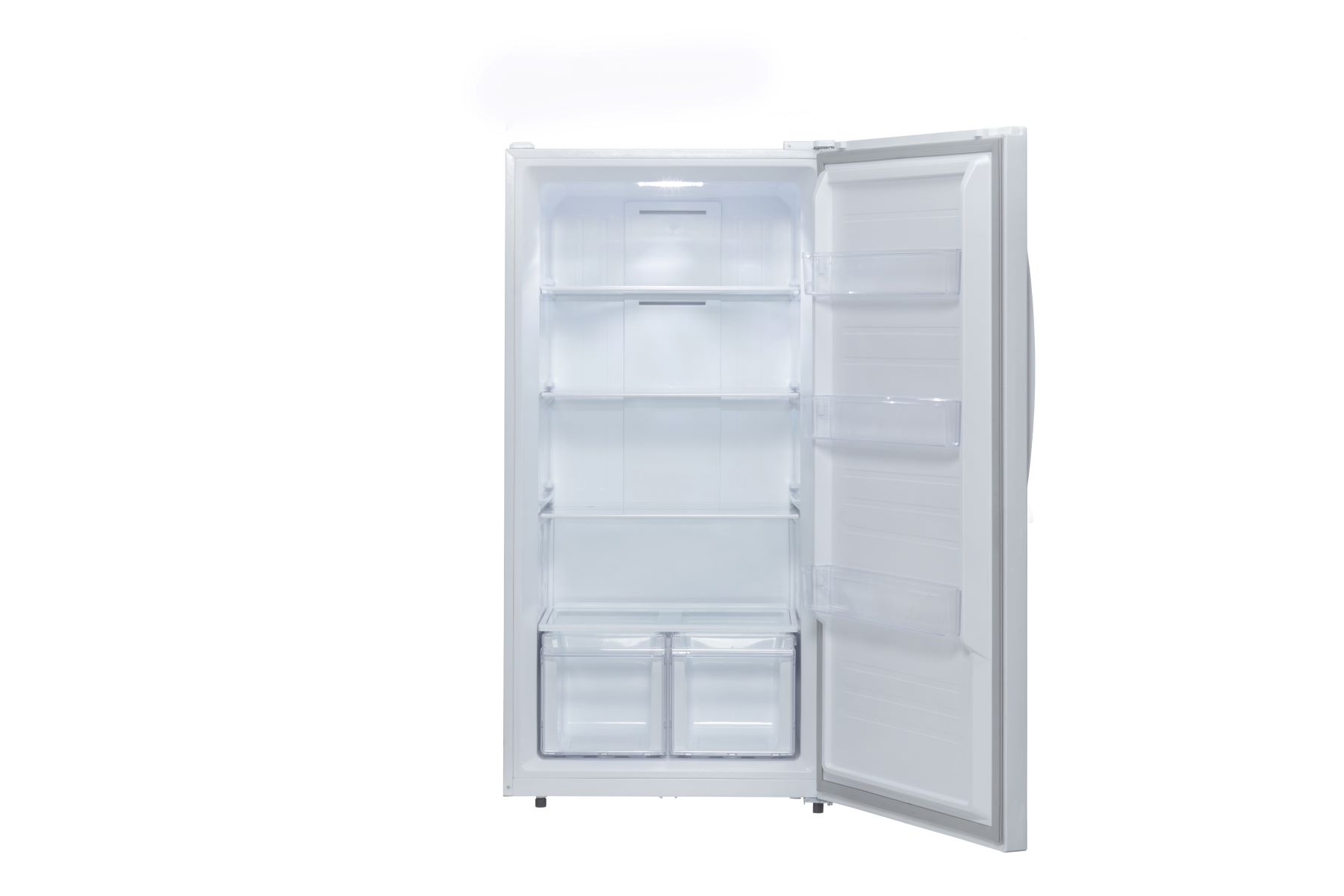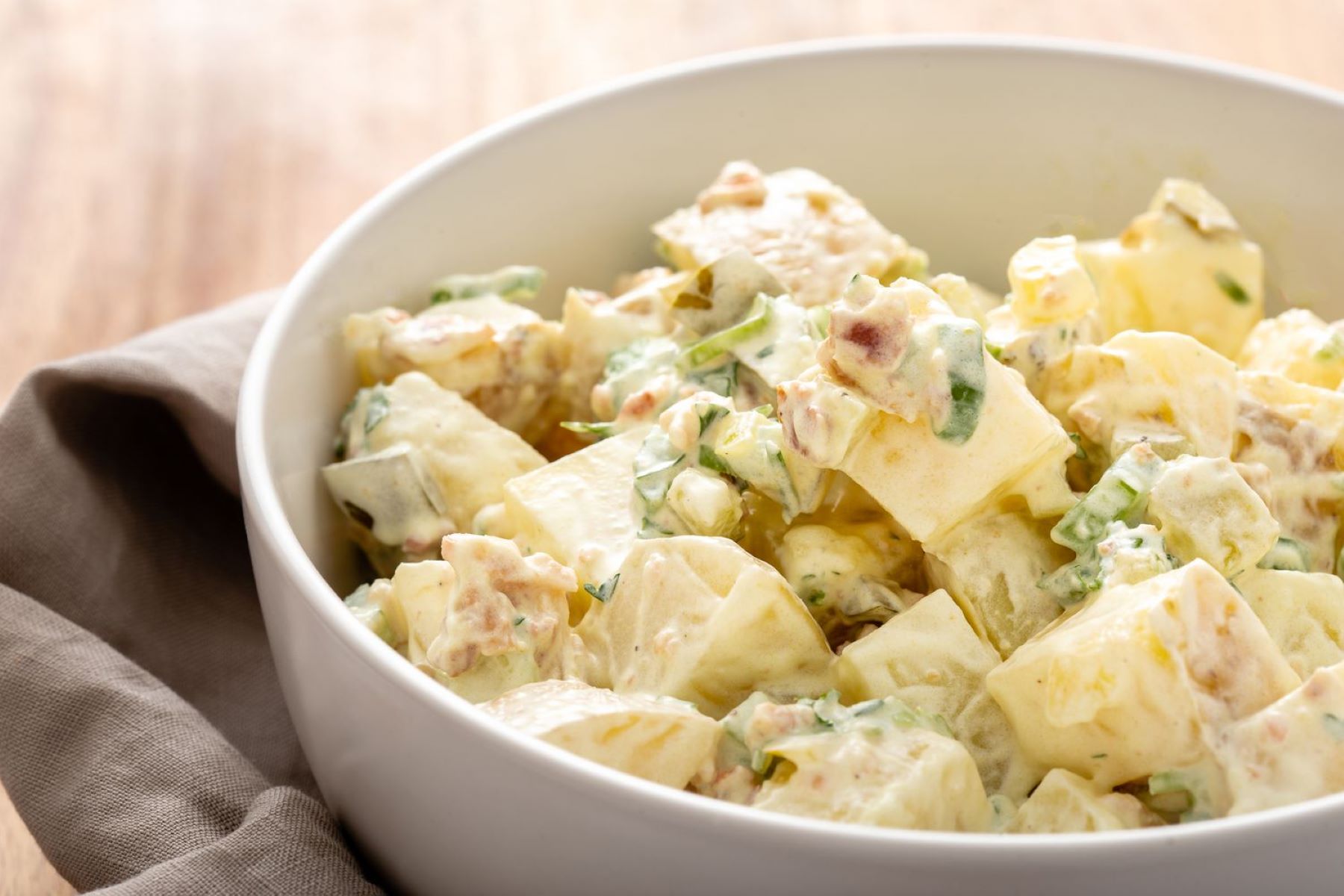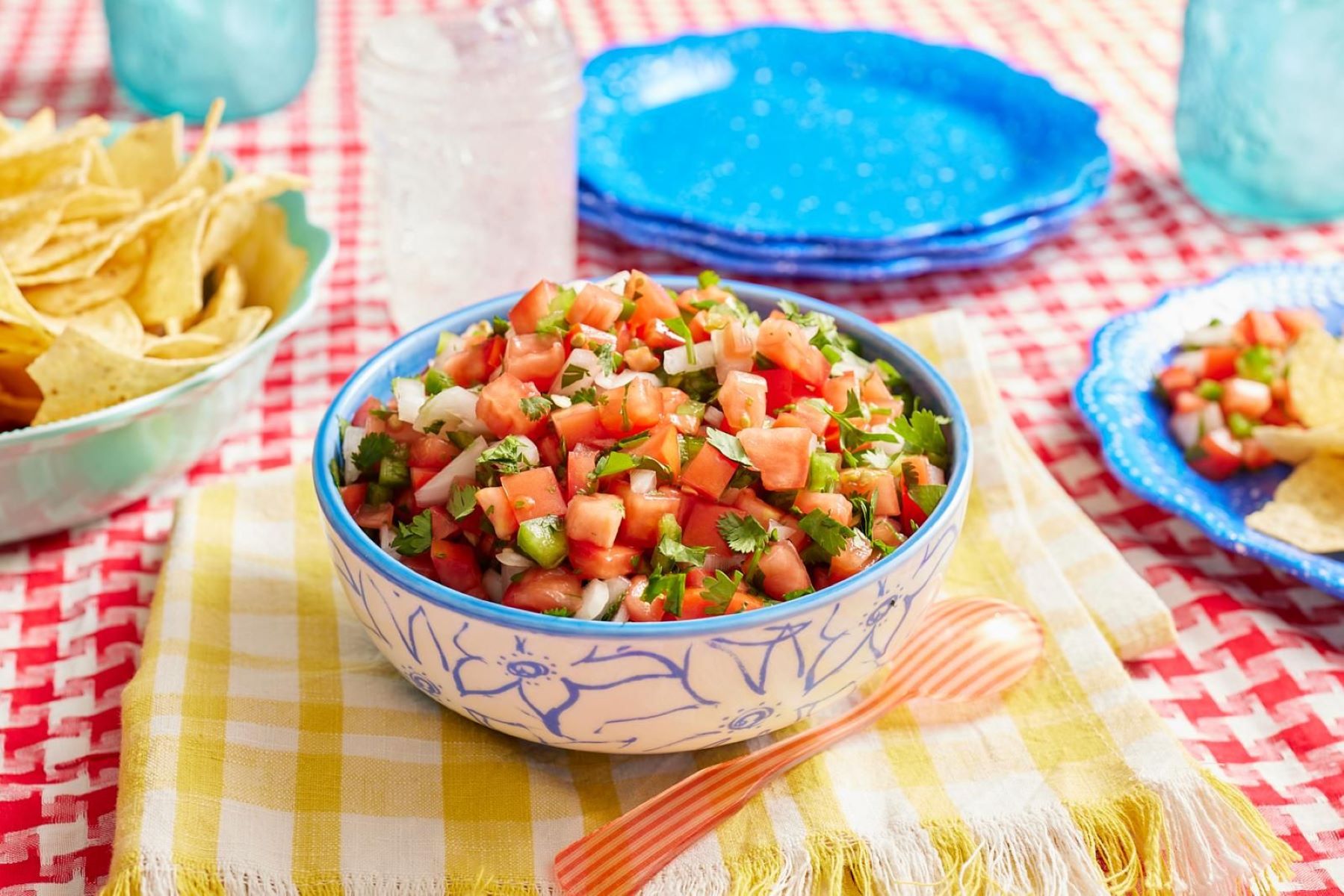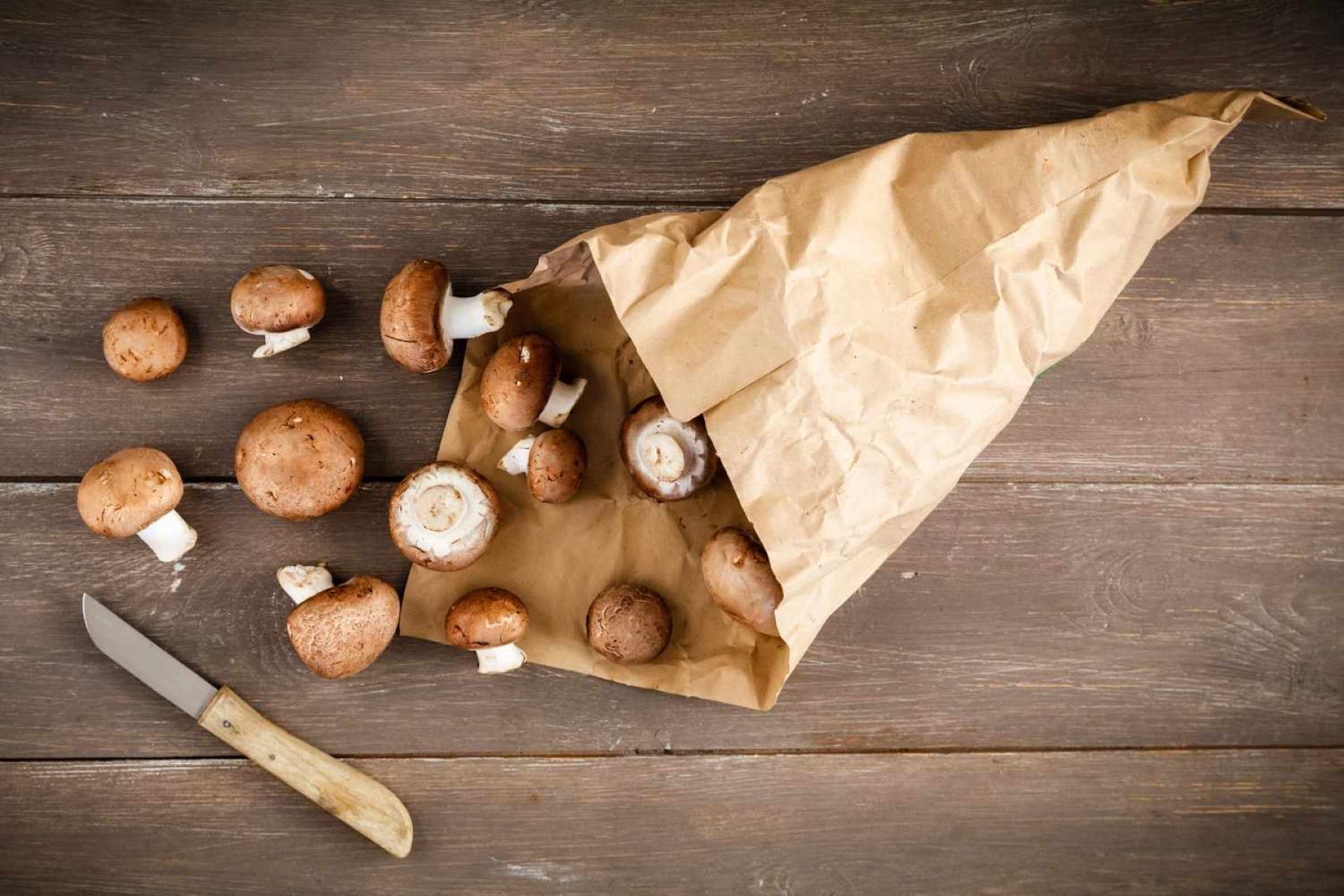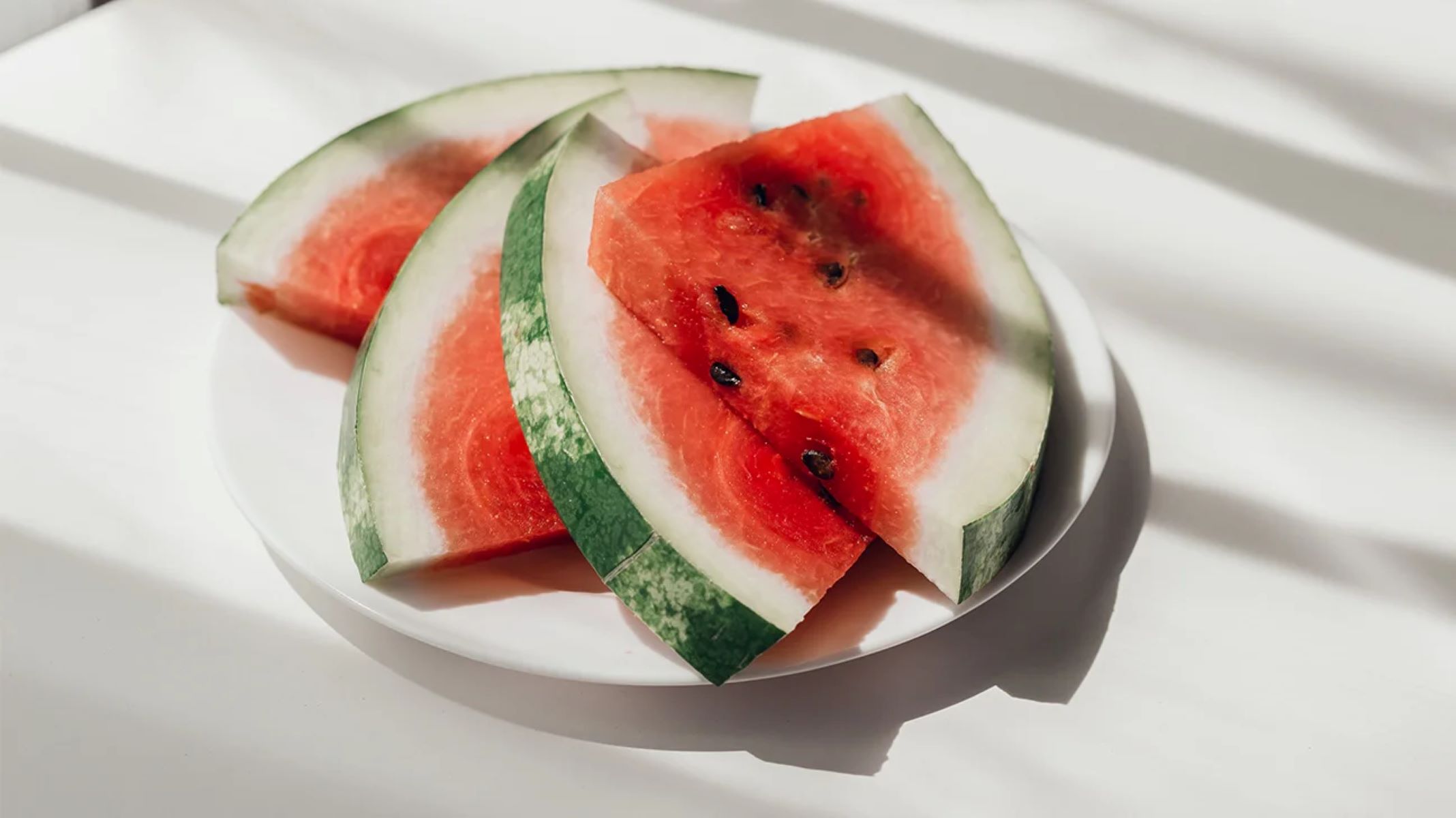Home>Food and Cooking>How To Freeze Squash
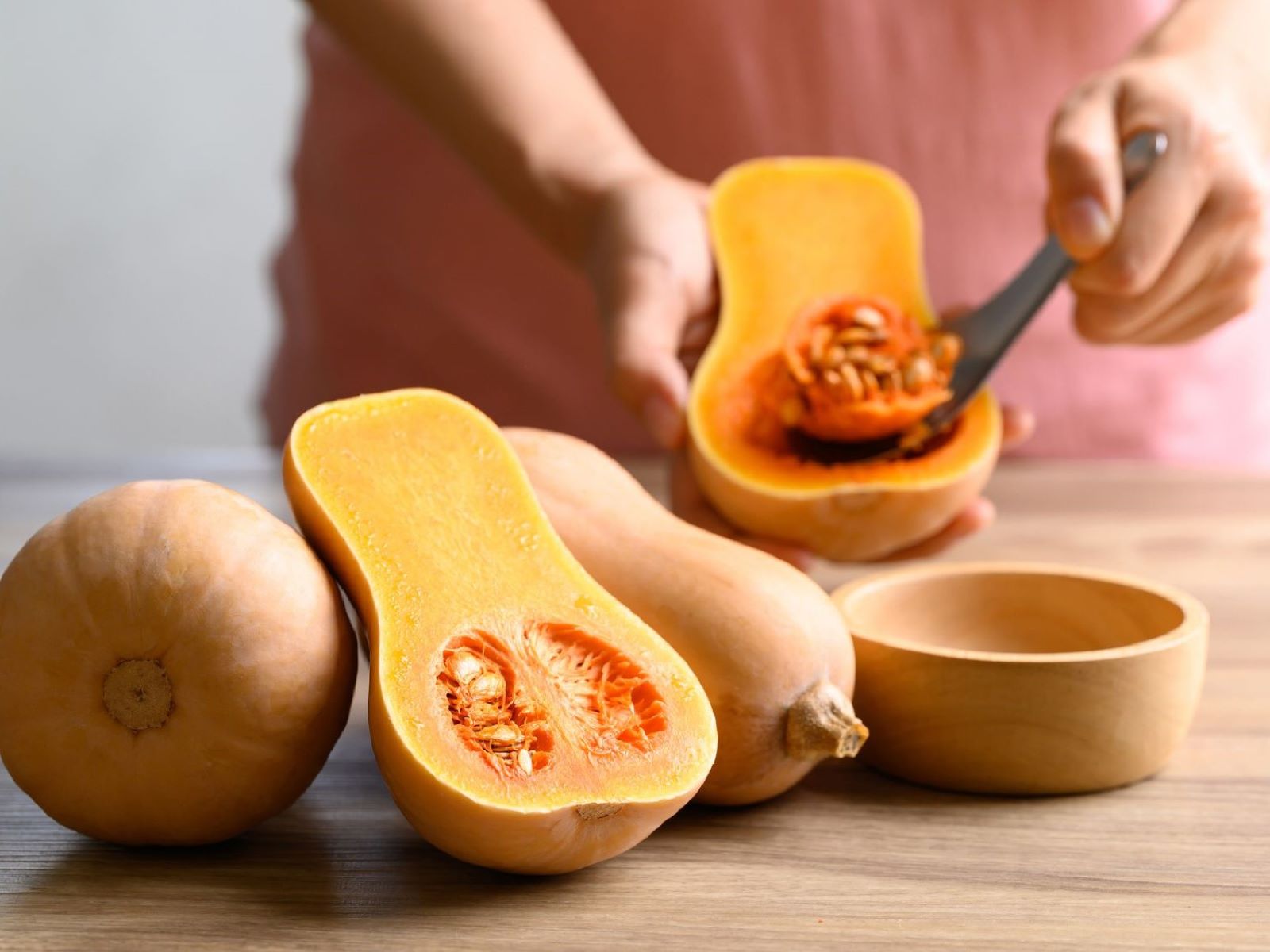

Food and Cooking
How To Freeze Squash
Published: February 29, 2024
Learn how to freeze squash with our easy step-by-step guide. Preserve the freshness of your harvest for future use. Perfect for food and cooking enthusiasts!
(Many of the links in this article redirect to a specific reviewed product. Your purchase of these products through affiliate links helps to generate commission for Regretless.com, at no extra cost. Learn more)
Table of Contents
Introduction
Freezing squash is an excellent way to preserve this versatile and nutritious vegetable for future use. Whether you have an abundant harvest from your garden or simply want to take advantage of a great deal at the farmers' market, freezing squash allows you to enjoy its delicious flavor and nutritional benefits throughout the year. By following a few simple steps, you can ensure that your frozen squash retains its quality and taste, making it a convenient ingredient for a wide range of dishes.
In this comprehensive guide, we will explore the process of freezing squash, from selecting the right varieties to preparing and storing them for long-term use. Whether you prefer the creamy texture of butternut squash, the delicate flavor of yellow squash, or the rich, earthy taste of acorn squash, you can freeze these varieties to enjoy their goodness whenever you desire.
By understanding the best practices for freezing squash, you can minimize food waste and always have this nutritious vegetable on hand for soups, stews, casseroles, and other culinary creations. Additionally, freezing squash allows you to take advantage of seasonal abundance and enjoy its fresh taste even when it's not in season.
Join us as we delve into the art of freezing squash, unlocking the potential to savor its delightful flavors and nutritional benefits year-round. Whether you are a seasoned home cook or a novice in the kitchen, this guide will equip you with the knowledge and skills to preserve squash with confidence and ease. Let's embark on this culinary journey and discover the simple yet rewarding process of freezing squash for your future culinary endeavors.
Read more: How To Cut Spaghetti Squash
Choosing the Right Squash
When it comes to freezing squash, selecting the right varieties is crucial to ensure optimal flavor, texture, and versatility in your culinary endeavors. With a wide array of squash types available, each offering unique characteristics, it's essential to choose the most suitable options for freezing. Here are some popular squash varieties that are well-suited for freezing:
1. Butternut Squash
Butternut squash is a favorite among home cooks for its sweet, nutty flavor and smooth, creamy texture. Its vibrant orange flesh makes it a visually appealing addition to various dishes. When frozen properly, butternut squash retains its rich flavor and velvety consistency, making it an excellent choice for soups, purees, and roasted vegetable medleys.
2. Acorn Squash
Known for its distinct ribbed exterior and sweet, slightly nutty taste, acorn squash is a versatile option for freezing. Whether diced, mashed, or pureed, frozen acorn squash can be used in a wide range of recipes, including casseroles, pies, and side dishes. Its ability to maintain its flavor and texture after freezing makes it a valuable addition to your freezer stash.
3. Yellow Squash
With its tender flesh and delicate flavor, yellow squash is a popular choice for freezing. Whether sliced, diced, or grated, frozen yellow squash can be incorporated into stir-fries, frittatas, and vegetable bakes. Its mild flavor and ability to hold up well in the freezer make it a convenient and nutritious option for preserving.
Read more: How To Freeze Okra
4. Zucchini
Zucchini, also known as courgette, is a versatile and abundant summer squash that freezes well when prepared correctly. Whether sliced into rounds, shredded, or cubed, frozen zucchini can be used in a myriad of dishes, including bread, muffins, and pasta sauces. Its mild flavor and tender texture make it a valuable addition to your frozen vegetable repertoire.
When selecting squash for freezing, opt for firm, unblemished specimens that are free from soft spots or signs of decay. Additionally, choose squash that is at its peak ripeness, as this ensures the best flavor and texture after freezing. By carefully selecting the right squash varieties and ensuring their freshness, you can set the stage for successful freezing and enjoyable culinary experiences in the future.
Preparing the Squash for Freezing
Before embarking on the process of freezing squash, it's essential to prepare the vegetable properly to ensure optimal results and long-term preservation. The following steps will guide you through the preparation process, equipping you with the knowledge and techniques to ready the squash for freezing.
1. Wash and Scrub
Begin by thoroughly washing the squash under cool, running water to remove any dirt, debris, or residue from the skin. Using a vegetable brush or a clean cloth, gently scrub the surface of the squash to ensure that it is free from any impurities that could affect its quality during freezing.
2. Peel and Seed (if applicable)
For varieties such as butternut squash and acorn squash, it is advisable to peel the skin using a sharp vegetable peeler or knife. Once peeled, carefully cut the squash in half and scoop out the seeds and fibrous pulp using a spoon. Removing the seeds and stringy flesh will prevent them from becoming mushy during freezing and ensure a smoother texture when thawed.
Read more: How To Freeze Spinach
3. Cut into Desired Shapes
After peeling and seeding the squash, proceed to cut it into the desired shapes or sizes for freezing. Whether you prefer cubes, slices, or puree, ensure uniformity in the cuts to promote even freezing and convenient portioning when it comes time to use the frozen squash in recipes.
4. Blanching (Optional)
While not mandatory, blanching the prepared squash before freezing can help preserve its color, texture, and nutritional value. To blanch the squash, briefly immerse the pieces in boiling water for a few minutes, followed by an immediate transfer to an ice water bath to halt the cooking process. Once cooled, pat the blanched squash dry before proceeding with the freezing process.
5. Packaging
Once the squash is prepared and any optional blanching is complete, it's time to package it for freezing. Use airtight containers, freezer bags, or vacuum-sealed pouches to store the squash, ensuring that they are labeled with the date of freezing for easy reference.
By following these preparatory steps, you can ensure that the squash is primed for successful freezing, allowing you to preserve its flavor, texture, and nutritional benefits for an extended period. With the squash expertly prepared, you are ready to proceed with the freezing process, unlocking the potential to enjoy this versatile vegetable in a myriad of culinary creations throughout the year.
Freezing the Squash
With the squash expertly prepared, the next crucial step is to initiate the freezing process, ensuring that the vegetable is preserved at its peak freshness and quality. Proper freezing techniques are essential to maintain the flavor, texture, and nutritional value of the squash for an extended period. Here's a detailed guide on how to freeze squash effectively:
Flash Freezing Method
One effective approach to freezing squash involves utilizing the flash freezing method. This technique involves spreading the prepared squash pieces in a single layer on a baking sheet and placing them in the freezer until they are partially frozen. Once the pieces are partially frozen, transfer them into labeled freezer bags or airtight containers, ensuring that excess air is removed to minimize the risk of freezer burn. Flash freezing the squash pieces individually prevents them from clumping together, allowing for convenient portioning and usage in future recipes.
Vacuum Sealing
Another recommended method for freezing squash is vacuum sealing. This technique involves using a vacuum sealer to remove air from the packaging, creating an airtight seal that helps preserve the squash's freshness and flavor. Vacuum-sealed squash can be stored compactly in the freezer, minimizing the risk of freezer burn and ensuring long-term quality. When using this method, it's important to follow the manufacturer's instructions for the vacuum sealer to achieve optimal results.
Freezer Containers
For those who prefer a more traditional approach, using freezer-safe containers is a reliable method for freezing squash. Ensure that the containers are specifically designed for freezer use, as this will help maintain the squash's quality and prevent moisture loss. When filling the containers with prepared squash, leave a small amount of headspace to accommodate any potential expansion during freezing. Seal the containers tightly and label them with the freezing date for easy identification.
Proper Storage
Regardless of the freezing method employed, it's crucial to store the frozen squash in the coldest part of the freezer, such as the back or bottom, to maintain a consistently low temperature. Additionally, organizing the frozen squash in a systematic manner can facilitate easy access and inventory management. By adhering to proper storage practices, you can ensure that the frozen squash retains its optimal quality and flavor for an extended period.
By following these recommended freezing methods and storage practices, you can preserve the squash effectively, allowing you to enjoy its delightful taste and nutritional benefits in a wide range of recipes throughout the year. With the squash expertly frozen and stored, you are well-equipped to harness its culinary potential and elevate your dishes with the convenience of readily available, high-quality squash.
Thawing and Using Frozen Squash
Thawing frozen squash properly is essential to maintain its flavor and texture, ensuring that it retains its quality for use in various culinary applications. When it comes to incorporating frozen squash into your recipes, the following thawing methods and usage tips will help you make the most of this versatile ingredient.
Thawing Methods
Refrigerator Thawing
One of the safest methods for thawing frozen squash is to transfer it from the freezer to the refrigerator. Place the sealed container or freezer bag of frozen squash in the refrigerator and allow it to thaw gradually. This slow thawing process helps preserve the squash's texture and minimizes the risk of bacterial growth. Depending on the quantity and thickness of the frozen squash, it may take several hours or overnight to thaw completely.
Cold Water Thawing
For a quicker thawing method, submerge the sealed package of frozen squash in a bowl of cold water. Ensure that the squash is tightly sealed to prevent water from seeping in. Change the water every 30 minutes to maintain a cold temperature and facilitate even thawing. This method can expedite the thawing process, making the frozen squash ready for use in a shorter timeframe.
Using Thawed Squash
Soups and Stews
Thawed squash is an excellent addition to soups and stews, contributing a rich, creamy texture and a hint of sweetness to the dish. Whether you're preparing a comforting butternut squash soup or a hearty vegetable stew, thawed squash can elevate the flavor profile and nutritional value of your creations.
Side Dishes
Thawed squash can be used to create delectable side dishes, such as mashed squash, gratins, or roasted vegetable medleys. Its versatility allows for seamless integration into various side dish recipes, adding depth and complexity to the overall meal.
Baking and Cooking
Thawed squash is a valuable ingredient for baking endeavors, including muffins, bread, and casseroles. Its natural sweetness and moist texture enhance the taste and nutritional content of baked goods, making it a versatile and healthful addition to your culinary repertoire.
Purees and Sauces
Thawed squash can be transformed into smooth, velvety purees and sauces, serving as a nutritious base for pasta sauces, dips, and spreads. Its ability to impart a subtle sweetness and creamy consistency makes it a valuable component in creating flavorful and wholesome purees and sauces.
By employing these thawing methods and incorporating thawed squash into a diverse array of recipes, you can harness the full potential of frozen squash, infusing your culinary creations with its delightful flavor and nutritional benefits. Whether you're preparing comforting soups, vibrant side dishes, or delectable baked goods, thawed squash offers a convenient and nutritious foundation for a wide range of culinary delights.

